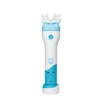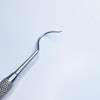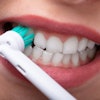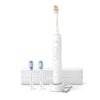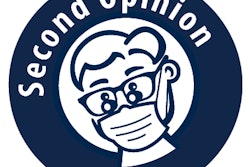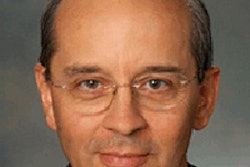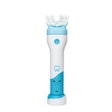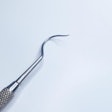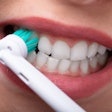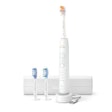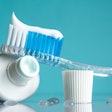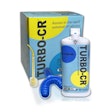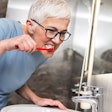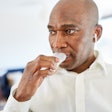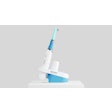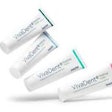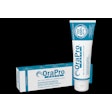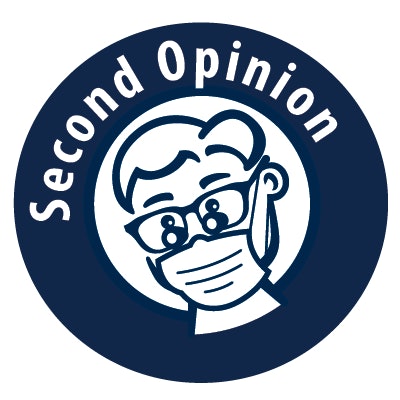
In this Second Opinion, Dr. Joseph Castellano, president of the American Academy of Pediatric Dentistry (AAPD), notes that the back-to-school time frame is often hectic for parents, their children, and dental practices. He writes about how to use this time to remind pediatric patients, and their parents, to focus on their oral healthcare.
 Joseph Castellano, DDS, is president of the American Academy of Pediatric Dentistry.
Joseph Castellano, DDS, is president of the American Academy of Pediatric Dentistry.Studies have shown that poor oral health can lead to poor overall heath and poor performance in school. Getting your pediatric patients examined before the school year starts will help ensure that every child has the best possible chance at success. With the craziness of the summertime and the "back-to-school" in our offices, dentists and hygienists can provide certain tips and guidelines to parents and caregivers to help keep their children cavity-free and start the school year right.
For any child, it is important to establish a dental home at the earliest age possible. The AAPD recommends that a child visit the dentist at the eruption of the first tooth or by their first birthday. Encourage parents with young children to set up an appointment for their infant or toddler so that education and prevention can begin.
Age-group challenges
Each age group of children has unique needs that the dentist and hygienist can discuss when visiting with the child and parent. For preschool children, typically ages 3 to 4 years, you can talk about several key points with the parents.
“This is also the time to start talking to children about diet and sugar-sweetened beverages.”
The first point is to ensure toddlers are brushing their teeth twice a day for two minutes. Caution the parents on placing a large amount of toothpaste on the brush or placing toothpaste multiple times during the same brushing session. They should use a pea-sized amount of fluoridated toothpaste until their child is about 6 years old.
This is also the time to start talking to children about diet and sugar-sweetened beverages. Let them know that they can be harmful to teeth and other, healthier alternatives are available. Also talk about habits that involve thumbs or fingers and pacifiers. Inform parents that their pediatric dentist can help with the quitting process if their children cannot do so on their own.
School-age kids
The school-age children, or those from about 5 to 12 years, also will need the same basic recommendations on brushing and diet, but they will also need other, more age-appropriate guidelines.
Parents should continue to supervise their children's brushing until they are about 7 to 8 years old, or when they can tie their own shoes. Flossing should start when the teeth begin to touch each other.
You might suggest children start out with flossers and, when they are competent with that, change to regular dental floss. Most children can floss on their own by age 10.
Talk with the parents about how to handle dental trauma. Make sure they know what to do if their child has a tooth avulsed or displaced. It could be the difference between saving and losing the tooth.
There is also the issue of contact sports for many children in this age group. Emphasize the importance of mouthguards. Help parents navigate and understand the different types available. Explain the pros and cons between stock and boil-and-bite mouthguards and that custom mouthguards also can be fabricated.
Teenagers
Teenagers, ages 13 to 17, can be challenging. Their increasing independence allows them a bit more freedom to make their own decisions. As decay can be a more serious issue in this age group, continuing to stress the importance of good oral hygiene and a healthy diet is important.
I also focus on sugar-sweetened beverages. Teens may not have considered that sports drinks, power drinks, and trendy, highly sweetened coffees/lattes can cause serious problems when sipped all day.
It's also a good time to talk with them about tobacco use and smoking, including e-cigarettes, and the risks associated with them. Tooth staining, periodontal disease, and oral cancer are things that should be mentioned.
This might also be an opportunity to talk about topics such as oral piercings, orthodontia, and other cosmetic issues with your teenage patient. Discuss what your patients like and dislike about their smile, and let them know the options. It can make a big difference in their self-confidence as they mature.
Children with special needs
Children with special needs also will benefit from the advice above. Some of their needs, however, may be different, and the doctor and hygienist will have to evaluate each patient for any unique issues the child might have. Perhaps it may involve helping the parent decide between a manual toothbrush and an electric toothbrush, or helping the parent modify a toothbrush that the child can more easily hold.
Patients with special needs may require more frequent periodic appointments. They may also need appropriate referrals. Have an open discussion with the parent to better understand the need of each child.
Back-to-school time provides a great opportunity to discuss the importance of oral health with parents and patients and also a cost-effective way to prevent decay and build a strong relationship with them. Have the discussions with the parents this summer and help the kids start the school year off right.
Joseph Castellano, DDS, is president of the American Academy of Pediatric Dentists. He is in private practice in Laredo, TX. You can refer parents to AAPD's website for other tips and fun things to help with their child's oral health and hygiene.
The comments and observations expressed herein do not necessarily reflect the opinions of DrBicuspid.com, nor should they be construed as an endorsement or admonishment of any particular idea, vendor, or organization.
